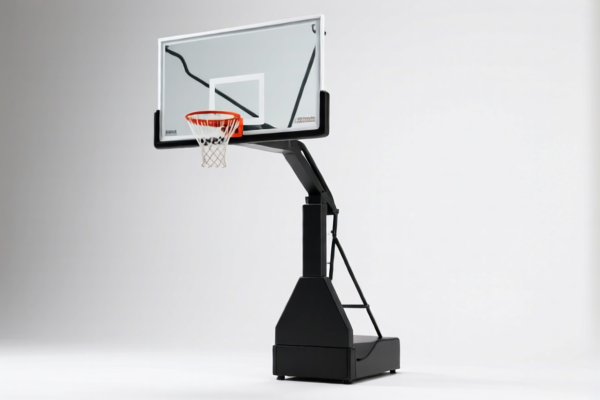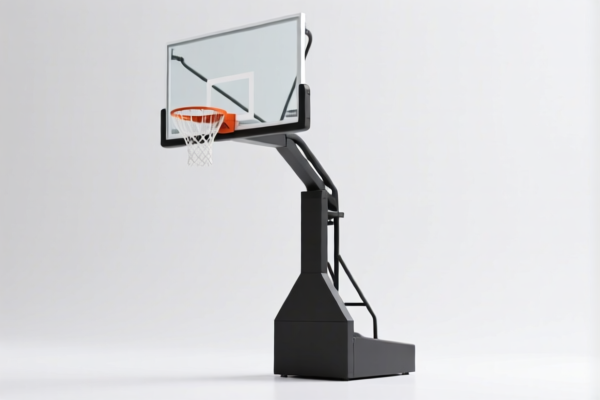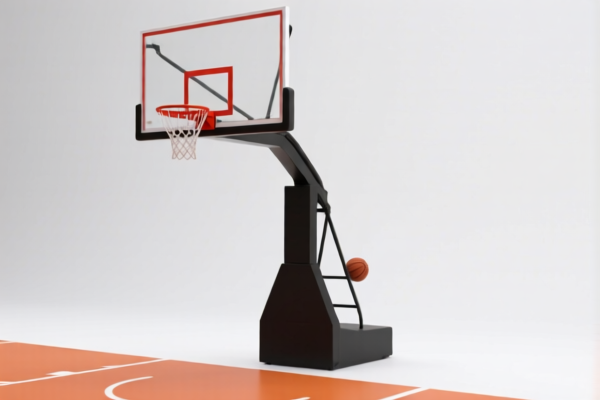| HS Code | Official Doc | Tariff Rate | Origin | Destination | Effective Date |
|---|---|---|---|---|---|
| 9504904000 | Doc | 30.0% | CN | US | 2025-05-12 |
| 9504909080 | Doc | 37.5% | CN | US | 2025-05-12 |
| 8308909000 | Doc | 57.7% | CN | US | 2025-05-12 |
| 8306100000 | Doc | 35.8% | CN | US | 2025-05-12 |
| 8306290000 | Doc | 30.0% | CN | US | 2025-05-12 |
| 8703900100 | Doc | 132.5% | CN | US | 2025-05-12 |




Game Racing Stand
A game racing stand, also known as a racing simulator cockpit or sim rig, is a support structure designed to enhance the immersion and realism of racing video games. It typically holds a racing wheel, pedals, and a racing seat in a fixed position, mimicking the experience of driving a real race car.
Material
Racing stands are constructed from a variety of materials, influencing both cost and rigidity:
- Steel: The most common material, offering a balance of strength, durability, and affordability. Often used for both the frame and mounting points.
- Aluminum: Lighter than steel, providing greater portability and a more premium feel. Commonly used in higher-end models.
- Carbon Fiber: The lightest and most expensive option, offering exceptional rigidity and a high-end aesthetic. Primarily found in professional-grade simulators.
- Wood: Less common but can be used for DIY projects or entry-level stands, offering a more affordable and customizable option.
- Plastic: Used for some components or in very basic, budget-friendly models.
Purpose
The primary purpose of a racing stand is to improve the realism and enjoyment of racing games by:
- Immersion: Providing a fixed and realistic driving position.
- Stability: Eliminating unwanted movement and flex during gameplay.
- Ergonomics: Supporting proper posture and reducing fatigue during long gaming sessions.
- Force Feedback Enhancement: Allowing users to fully experience the effects of force feedback wheels.
Function
A racing stand functions by securely holding the essential components of a racing simulator:
- Wheel Mount: Provides a stable platform for attaching racing wheels with varying mounting patterns.
- Pedal Mount: Secures pedals in a fixed position, preventing slippage or movement.
- Seat Mount: Supports the racing seat, providing a comfortable and ergonomic driving position.
- Gear Shifter/Handbrake Mount (optional): Allows for the attachment of additional peripherals for enhanced realism.
- Monitor Mount (optional): Provides a secure and adjustable platform for mounting one or more racing monitors.
Usage Scenarios
Racing stands are used in a variety of settings:
- Home Gaming: The most common application, providing an immersive racing experience for enthusiasts.
- Sim Racing Events: Used in competitive sim racing events and leagues.
- Professional Driver Training: Employed by professional drivers for practice and training.
- Arcades: Found in some arcades offering realistic racing simulations.
Common Types
Racing stands are categorized based on their level of features and complexity:
- Table Mount Stands: The most affordable and basic type, attaching to a standard table. Often less rigid and immersive.
- Fixed Stands: A more robust type with a fixed frame, providing greater stability and rigidity.
- Adjustable Stands: Allow for adjustments to the wheel, pedal, and seat positions, accommodating different users and preferences.
- Direct Drive Compatible Stands: Designed to handle the higher forces generated by direct drive wheels.
- Full Cockpits: The most immersive and realistic type, featuring a fully enclosed cockpit with a racing seat, steering wheel, pedals, and optional peripherals. Often include features like adjustable seat positioning, realistic dashboard, and integrated monitor mounts.
- Motion Simulators: The most advanced and expensive type, incorporating motion platforms to simulate the feeling of driving a real race car.
Based on the provided information, the declared goods "game racing stand" can be classified as follows:
-
9504904000: This HS code covers “Game machines, other than those operated by coins, banknotes (paper currency), discs or similar articles; parts and accessories thereof”. This is a broad category encompassing various game machines and their components. A racing stand used for gaming would fall under this classification as an accessory to a game machine. The base tariff is 0.0%, with an additional tariff of 0.0%. However, after April 2, 2025, an additional tariff of 30.0% will be applied, resulting in a total tariff of 30.0%.
-
8306100000: This HS code covers “Bells, gongs and the like, nonelectric, of base metal; statuettes and other ornaments, of base metal; photograph, picture or similar frames, of base metal; mirrors of base metal; and base metal parts thereof: Bells, gongs and the like, and parts thereof”. If the racing stand incorporates bells or gong-like features (e.g., for sound effects), or is constructed primarily of base metal, this code may be applicable. The base tariff is 5.8%, with an additional tariff of 0.0%. After April 2, 2025, an additional tariff of 30.0% will be applied, resulting in a total tariff of 35.8%.
-
8306290000: This HS code covers “Bells, gongs and the like, nonelectric, of base metal; statuettes and other ornaments, of base metal; photograph, picture or similar frames, of base metal; mirrors of base metal; and base metal parts thereof: Statuettes and other ornaments, and parts thereof: Other”. If the racing stand is primarily an ornamental item constructed of base metal, this code may be applicable. The base tariff is 0.0%, with an additional tariff of 0.0%. After April 2, 2025, an additional tariff of 30.0% will be applied, resulting in a total tariff of 30.0%.
Important Note: The applicable tariff rate will depend on the specific materials used in the racing stand's construction and its primary function. It is recommended to provide detailed information about the stand's composition and intended use to ensure accurate classification.
Customer Reviews
No reviews yet.